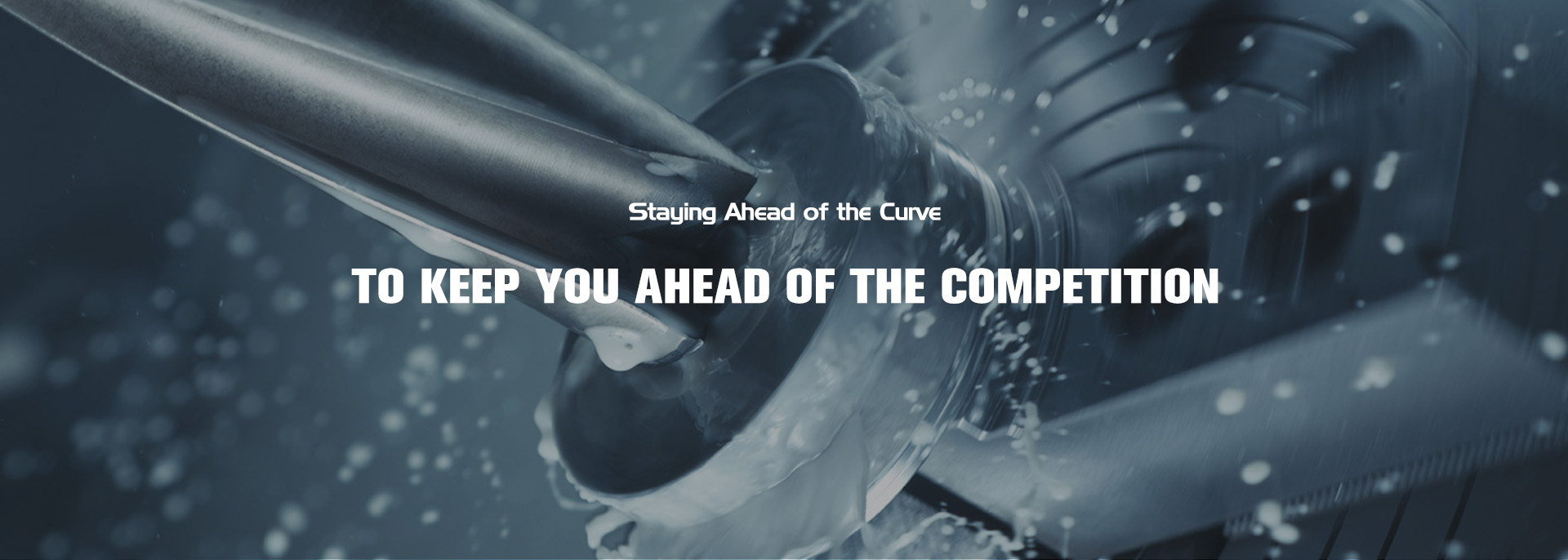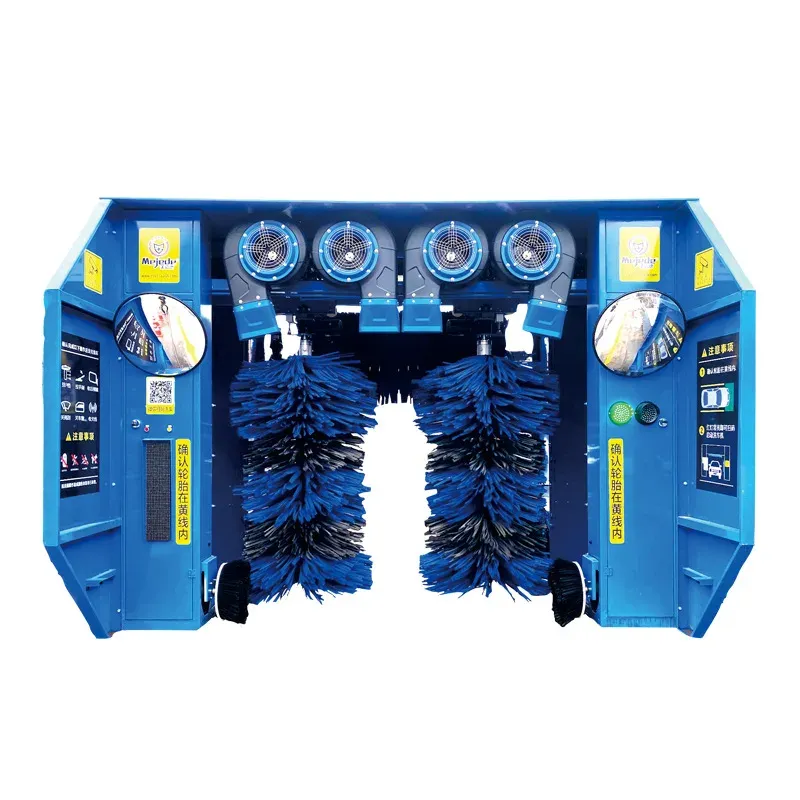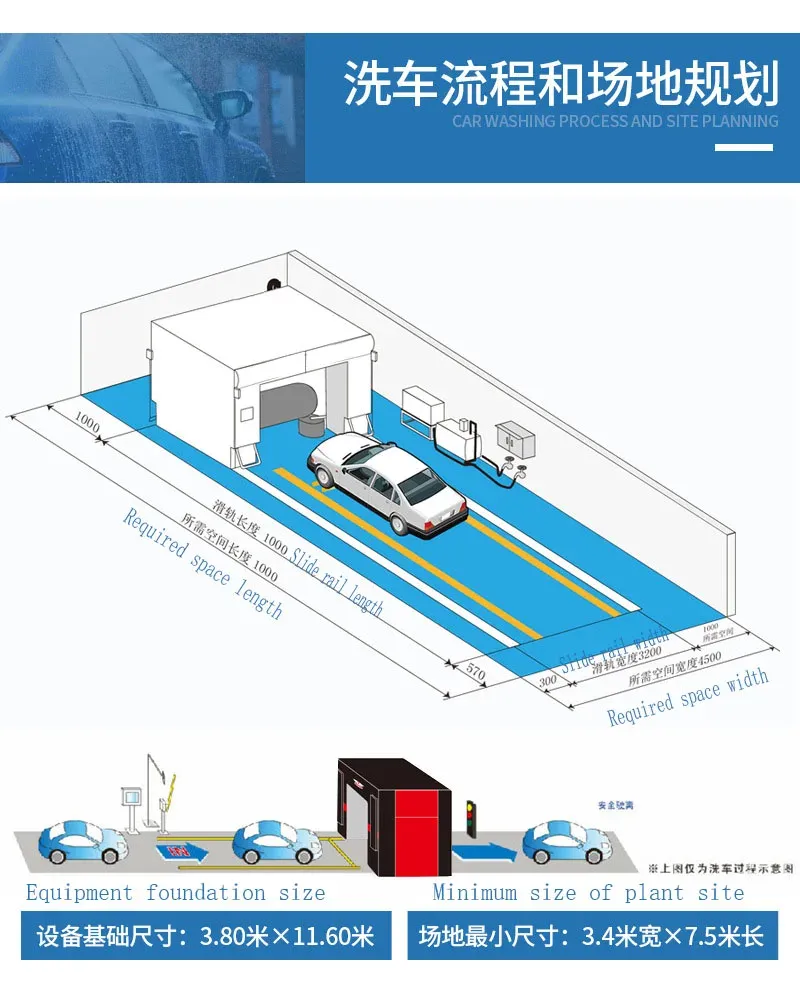Disinfection is a vital step in water treatment to eliminate pathogens and harmful microorganisms. Chlorine, chlorine dioxide, ozone, and ultraviolet (UV) light are some of the most widely used disinfectants. Chlorine is the most common disinfectant due to its effectiveness and cost-efficiency. It kills bacteria, viruses, and other pathogens, ensuring the microbiological safety of drinking water. However, chlorination can lead to the formation of disinfection by-products (DBPs), which may be harmful. As a result, water treatment facilities often explore alternative disinfection methods, such as ozonation and UV treatment, which minimize the formation of DBPs while effectively inactivating pathogens.















